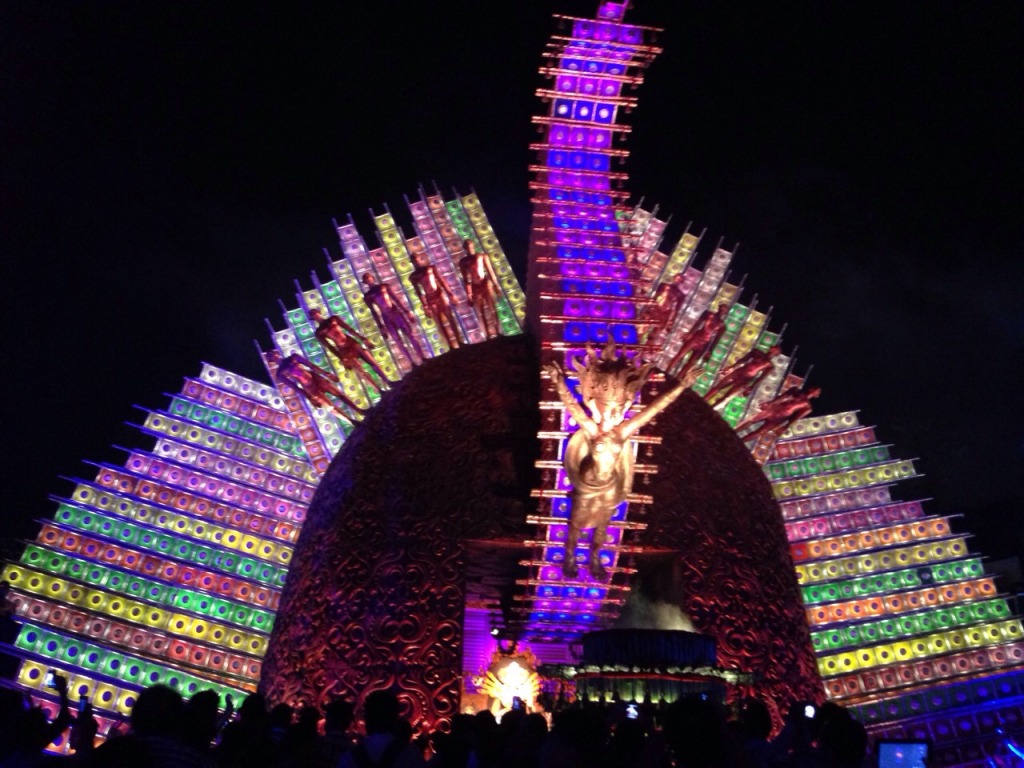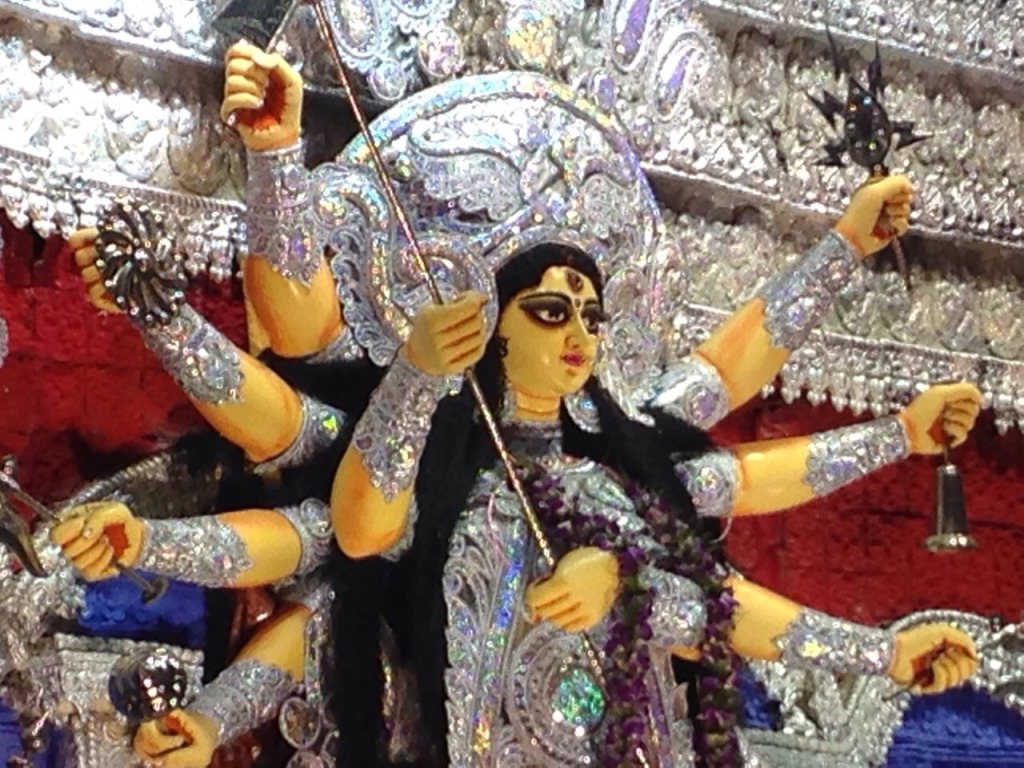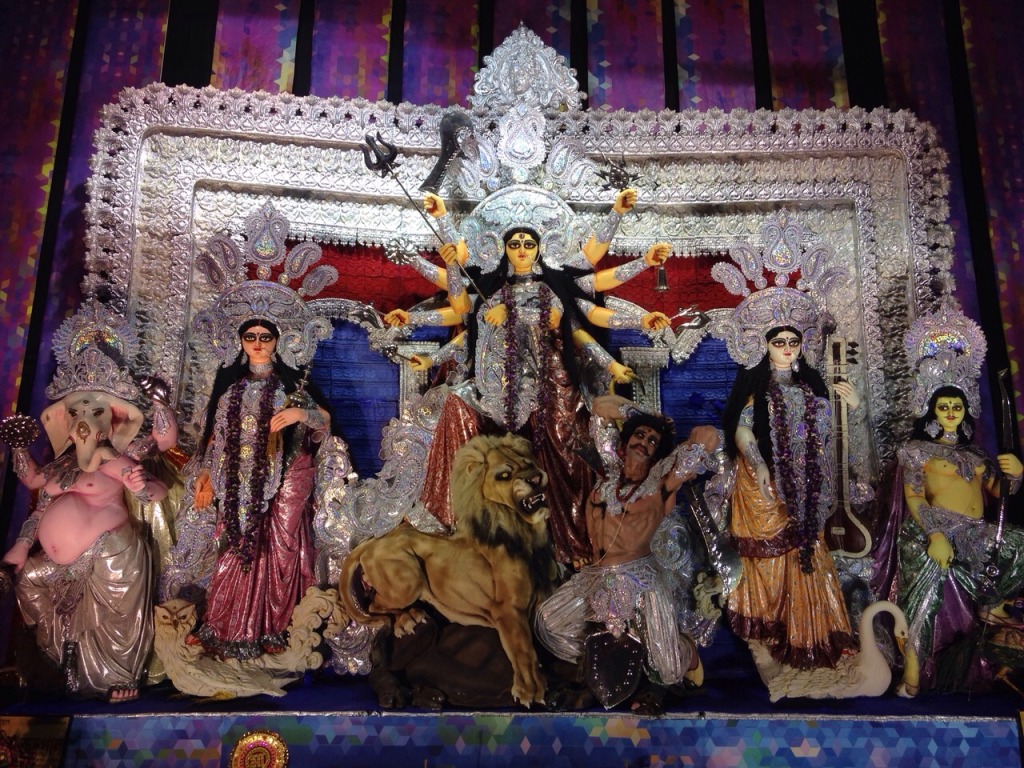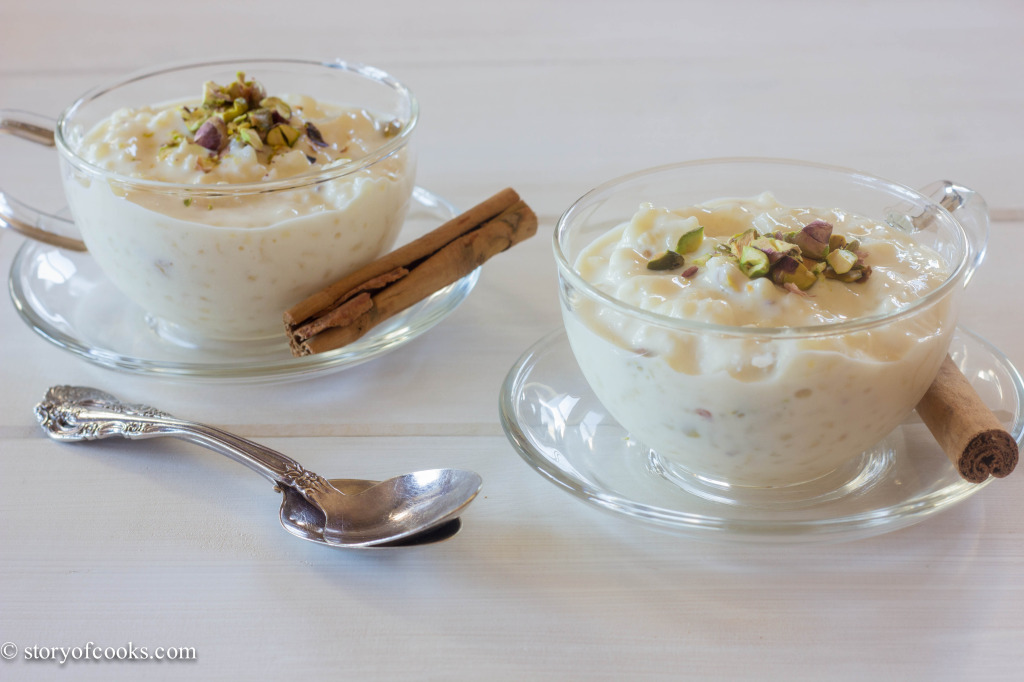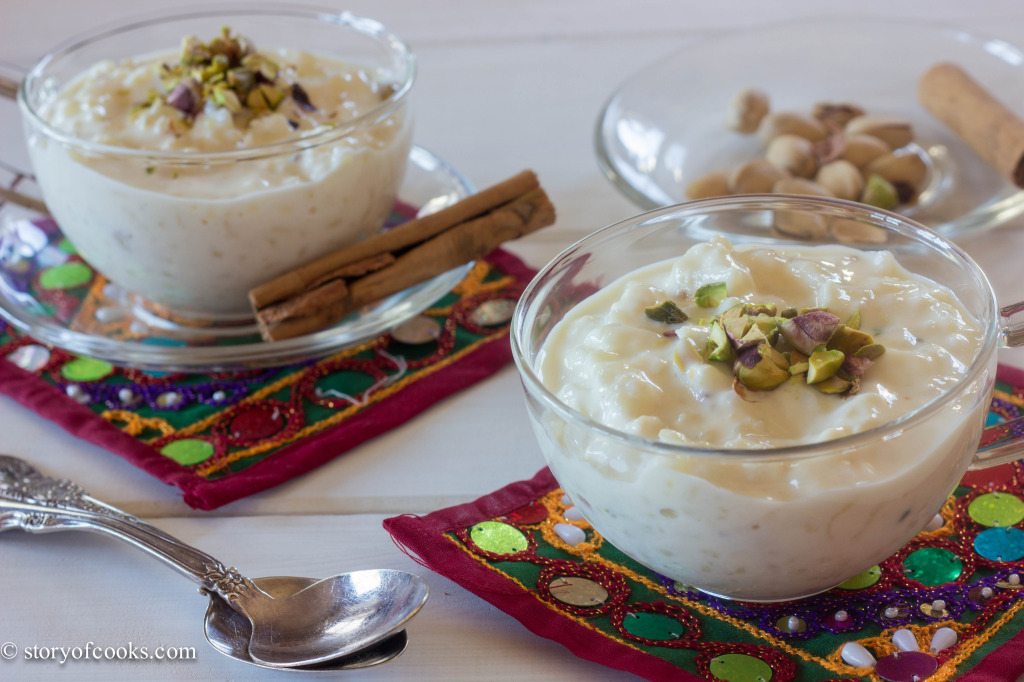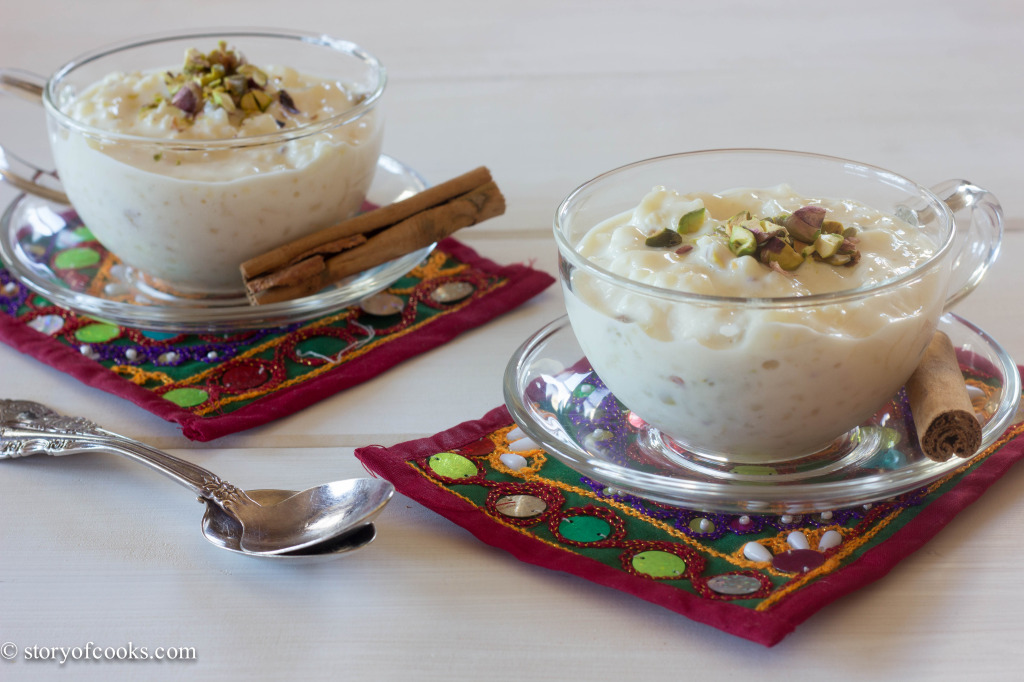Durga puja for Bengalis is like Christmas for Christians or Ramadan for Muslims. When heat of summer and humidity of the monsoon tends to disappear, Bengal starts to dress up in festive mood. Teams of men make ‘pandals’ that look like Eiffel tower or a space ship. People forget their distance and hug each other. Everyone(no matter how rich or poor you are) gets new clothes and enjoy four days of puja with their family and friends.
All schools and colleges remain closed during that time. State government declares those four days as holiday. People try go back to home no matter which part of the world they are. Restaurants gear up to serve Bengali food. People share gifts among family and friends.
All of you know what Christmas or Ramadan or Diwali is. But many of you don’t know what Durga Puja is. Like all non-Bengalis worship for the Goddess Laxmi during Diwali, we worship goddess Durga during this festival. She is a symbol of power, motherhood. Durga is a Sanskrit word which means who eliminates all the sufferings. She protects us from evil forces.
She has ten hands, three eyes, and she rides Lion. But why we pray her during autumn/fall season? For that, I will bore you little bit with my knowledge. Since childhood, I hear a term called “Akal Bodhon.” To understand the context of it, you need to know “The Ramayana”. If you have not read it, please order it from Amazon today.
Ramachandra was the king of Ayodhya. When he went to the forest due to circumstances, a Daemon called Ravan kidnapped his wife. In order to get his wife back, he attacked Ravan’s kingdom, which is Sri Lanka. But Ravan is very powerful, and Goddess Durga blesses him. Also, Durga’s husband Lord Shiv blessed him. So it was impossible to kill. When Ramachandra heard about it, he became very sad and asked for a solution to Lord Brahma. Brahma came with a unique solution. He said Ramachandra to pray for Goddess.
Now for the puja, he needed 108 blue lotuses. He arranged everything but before the ceremony one lotus disappeared. They searched a lot but could not find. It was goddess’s trick to check his disciple. Then Ramachandra decided to cut his eye and give it to Durga because people used to say he had eyes like blue lotus. Goddess got pleased with him and blessed him. With that blessing, he won the battle.
Why it’s called Akal Bodhon? Ravan used to do worshipping during spring, and that is the normal time for her worship. As she was worshipped in different time, it is called Akal Bodhon.
This is the background of Durga puja. But if you see Durga idol, you will see that she is killing a demon. She was created by power of three Gods (Brahma, Vishnu and Shiv). That’s why she is always worshipped to end the bad and start a new beginning. She is also worshipped to protect us from evil forces.
25 years I spent my life in Kolkata, heart of Bengal. Every year, we used to wait for this and start shopping two months before. We make plans with our friends, which places to go, where to eat, which dress to wear when. After four days, with deep sorrow in our heart we immerse the idols in our holy Ganges. People say in loud,”asche bochor abar hobe.” What it means – “it will again happen next year”. We forget all our differences and hug each other, share sweets, love.
Food is an integral part in every festival. Some meals are cooked for god, and devotees have them as “prasad” after the puja. Bengalis eat vegetarian on Ashtami and utterly non-vegetarian on other three days. During and after puja, there will be an endless number of sweet packets. Well-wishers, relatives bring boxes of sweets, moms make rice pudding or kheer. Even if our house floods with sweet boxes, we make rice pudding for guests who come our home to exchange love and blessings.
After coming to states, I found people here also celebrate Durga Puja. But no company will declare four-day’s holiday. So what we do, we celebrate during weekend. That is no way comparable to what we celebrate there, but this is not too bad. We meet our old friends and make new. People eat, chat, laugh and try to feel the festive mood even if they are thousand miles apart. I could not eat in restaurants for four days like my friends are doing. So I made Biriyani, Shrimp in coconut milk and consumed ‘khichdi’ and vegetarian on Ashtami. As Dashami (the day we immerse the idol and finishes the puja) calls for sweets, I made ‘payesh’ or rice pudding for two of us.
{Photos of Durga ma and Pandal is by my school friend Abhishek Mukherjee}
Recipe for Rice pudding
Rice pudding is happening in my family over generations. My great Grammy still makes this for my Grammy and her sister. As food changes based on geography, availability, location – my mum changed it for my convenience. Grammy adds menthol, mom prefers to add coconut, and I prefer to add cardamom to rice pudding.
Actual recipe calls for traditional Indian short-grained rice that we call “Gobindobhog” rice. I made with Italian Arborio rice. Mom gave a special tip to add dry milk water mixture to rice pudding. It makes it thicker and creamier in less time. If you like runny rice pudding or you have a lot of time, you can skip it. I used jaggery to cook my whole rice pudding because I do not like too much sweet. You can add sugar based on your sweetness level. I can not say how much sugar you need, because it totally depends on your sweetness level.
Cardamom powder, raisins and cashew are our family tradition for rice pudding which we add before finishing.
- 1 quart whole milk
- 3-4 green cardamom, crushed coarsely
- 1 cup of short-grained rice
- 2 cups water, divided
- 3 tablespoons dry milk
- One handful of Cashew
- 3 tbsp grated jaggery – microwaved if it is hard-rock
- One handful of Raisins
- For garnish
- 2 tablespoons slivered pistachio – optional
- Start boiling the milk on medium heat in a thick-bottom saucepan. I used non-stick pot.
- Add crushed cardamom to the milk. It will infuse a nice aroma.
- Keep stirring in-between. Otherwise, milk will stick to the bottom.
- In another sauce pan, start boiling the rice with 1.5 water. When water is almost evaporated, close the flame. Take it aside.
- When milk will reduce to one-third, add boiled rice.
- Continue to cook at low-medium heat until milk reduces to half (of what you started).
- Mix the dry milk with 1 and 1/2 cup warm water. Add this water-milk mixture and cashews to the rice and milk.
- Keep stirring continuously for 7-10 minutes until it thickens. Do not make it so thick, because it will be thicker when it’s chilled.
- Add jaggery to the pudding. Stir for 2 minutes. [Note: If your jaggery is already soft, you can skip this step. ]
- Close the flame.
- Add raisins to the rice pudding after that.
- It is best-served chilled with slivered pistachio or rose petals on top.
Subho Bijoya Dashami and Happy Dushhera Friends!


